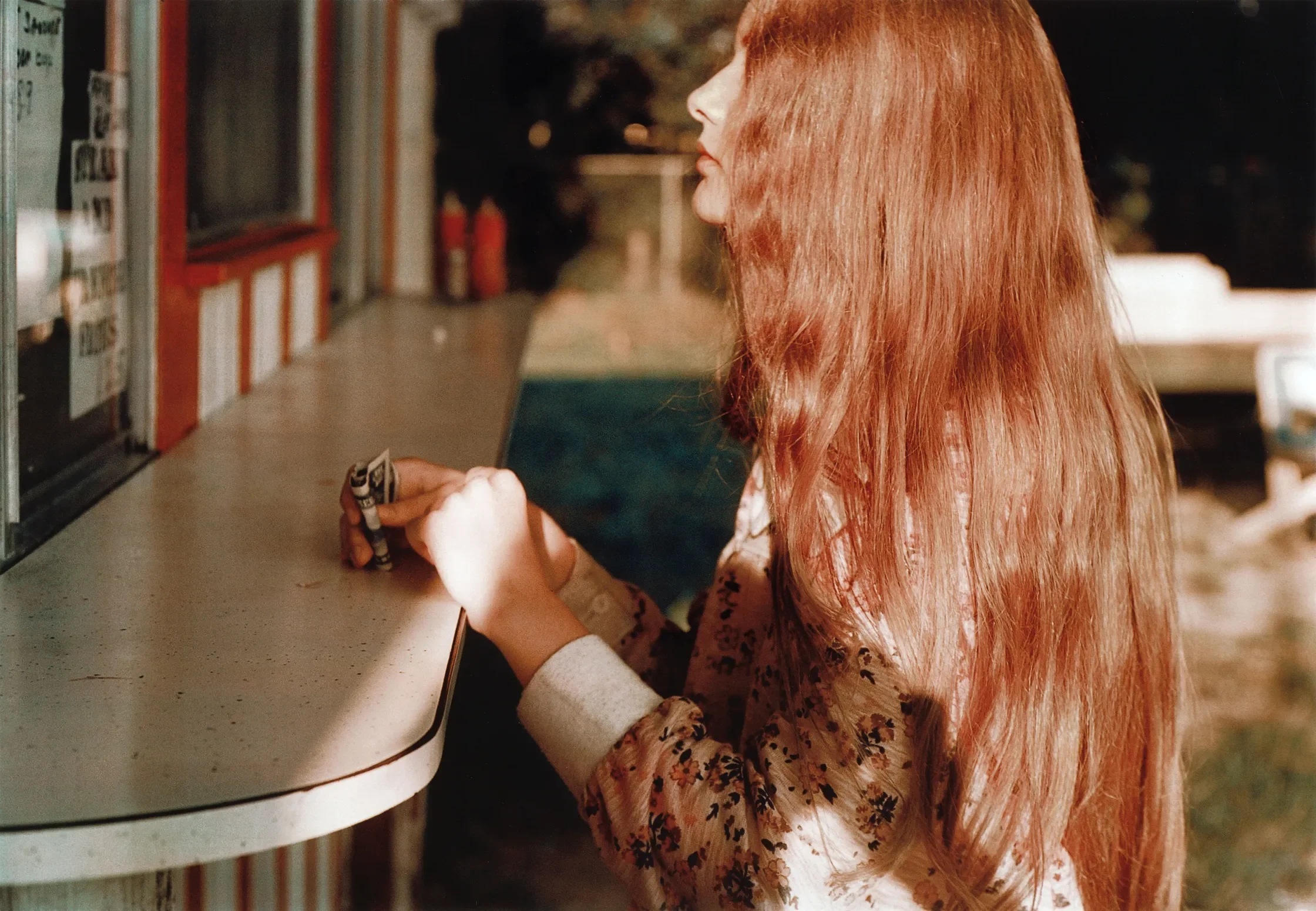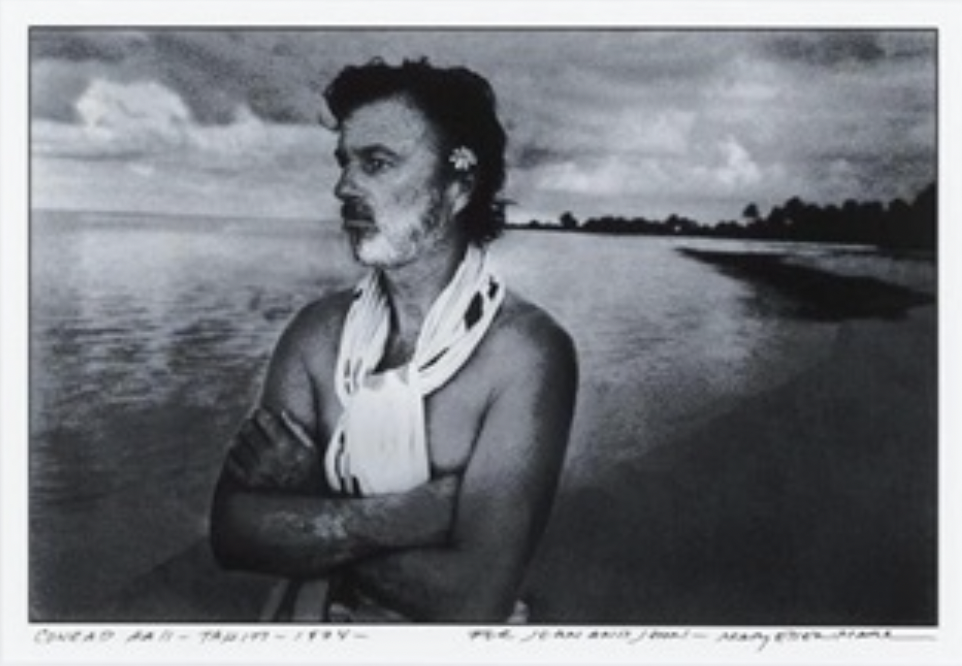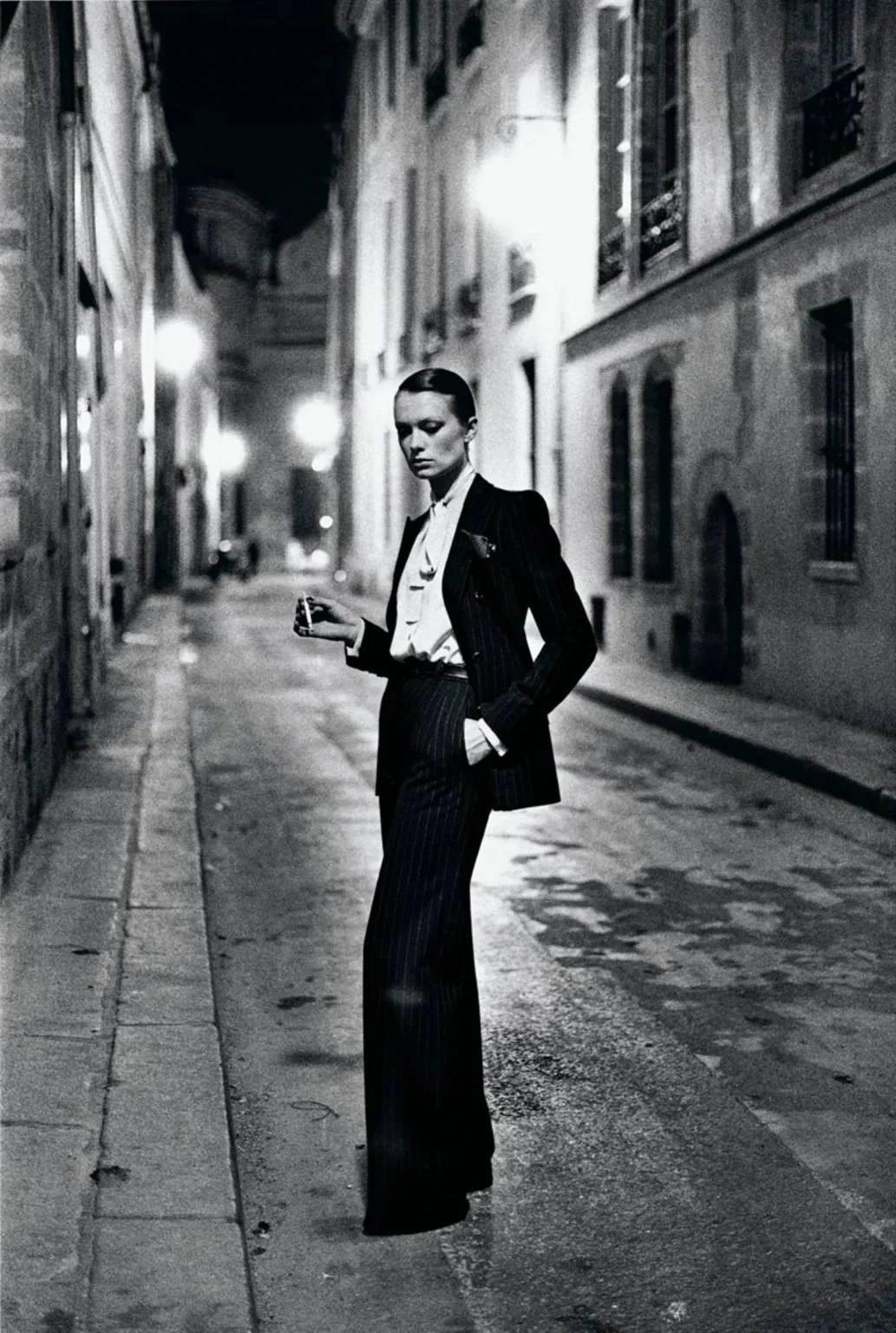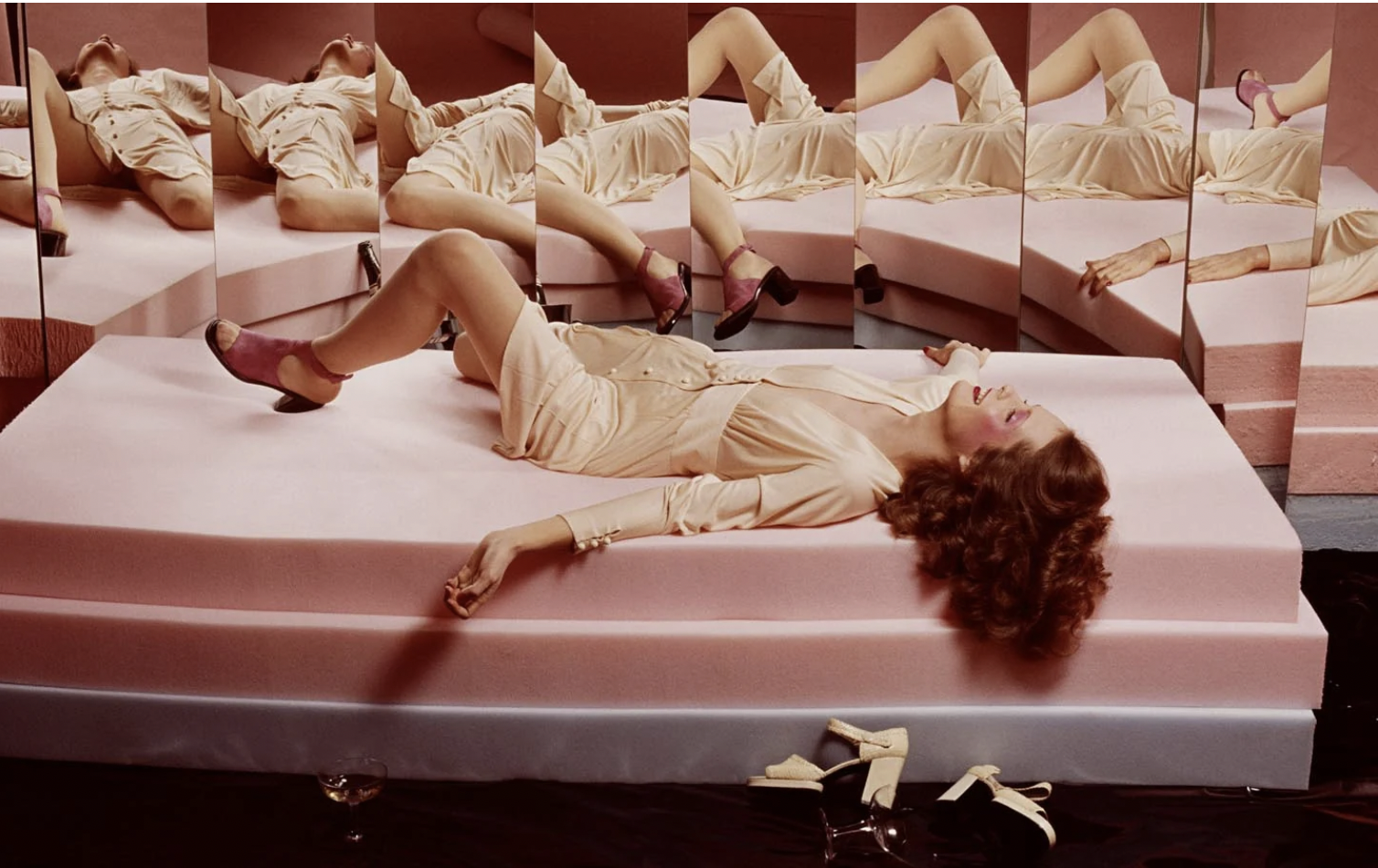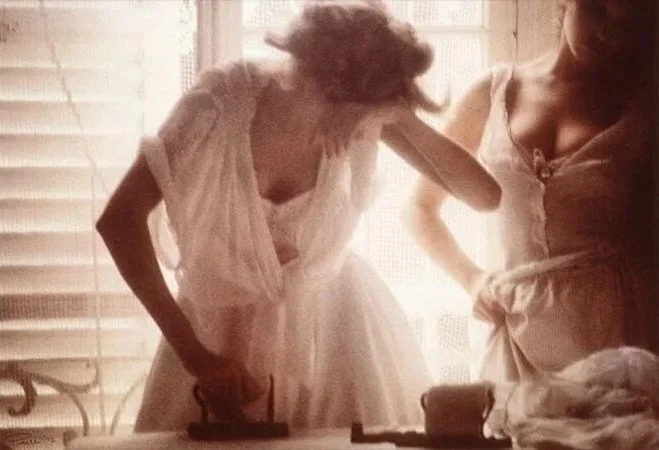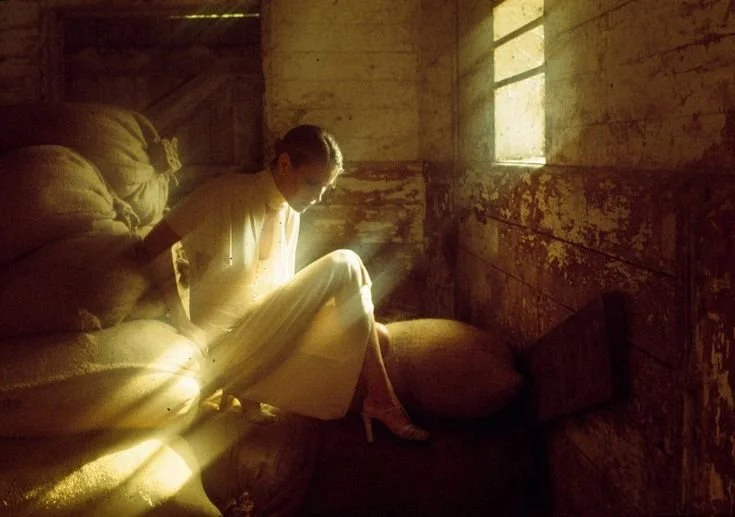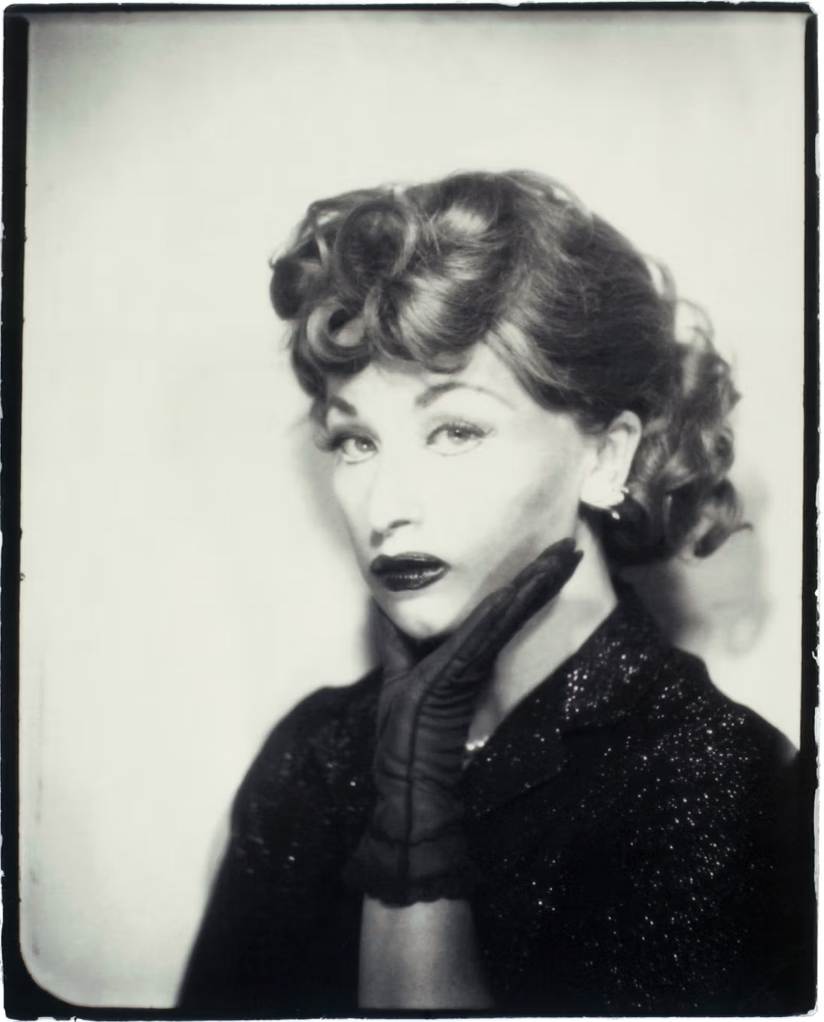Photography in the 1970s: Color, Counterculture, and Creative Revolutions
The 1970s was a transformative decade in art, culture, and photography, shaped by political upheaval, youth counterculture, and a growing rejection of traditional norms. As society wrestled with movements for civil rights, gender equality, and sexual liberation, photography became a powerful tool for both personal expression and cultural critique.
In this context, photography moved beyond its earlier role as documentation to become a central medium of artistic experimentation and social commentary. The era saw the rise of color photography, provocative fashion imagery, raw social documentary work, and the birth of conceptual photography. Photographers challenged conventions of beauty, identity, and representation, blurring the boundaries between fine art, commercial imagery, and political expression.
What defined photography in the 1970s was not one single style, but rather a spirit of experimentation.
The Rise of Color Photography: A New Visual Vocabulary
One of the most significant developments of this era was the rise of color photography. With technological advances and the growing popularity of color printing in magazines and newspapers, photographers were able to capture the world around them with unprecedented vibrancy. Pioneers such as William Eggleston, Stephen Shore, Joel Meyerowitz and Norman Parkinson embraced color photography and helped establish it as a legitimate medium of artistic expression:
British fashion photographer Norman Parkinson moved away from the more posed setting of the studio to shoot more dynamic and carefree outdoor images than his contemporaries, adding inventive humorous elements to his work. Indeed, he was one of the first to travel the world to capture images in exotic locations, which was relatively new at the time. Parkinson traveled the world shooting models and celebrities in far-flung places—Bali, India, Kenya and the Caribbean. He was known for his creative and innovative approach to fashion photography, combining remote landscapes, local people and fashion props to create unique and unforgettable images.
One of the most striking features of Parkinson's travel photography in the 1970s was his use of bright colors and interesting textures to highlight clothing and fashion accessories. His images have a distinctive style that blends elements of fashion, travel and portrait photography.
Parkinson was also known for his ability to tell stories through his images, capturing the essence of where he was through playful narratives. His work has inspired many other photographers to follow in his footsteps and explore the world to capture unique and compelling images.
Parkinson's work is regularly published in magazines such as Harper's Bazaar and Vogue, earning him a reputation for producing images of great finesse, combining elegance with British charm. One of his most iconic images is Jerry Hall, Russia, Vogue (1975), where the model is seen standing on a pedestal in a red swimsuit and heels, about to dive:
Social Realism & Documentary Intimacy
While color redefined aesthetics, other photographers focused on subject matter—specifically, documenting the overlooked or marginalized. The 1970s ushered in a raw, emotionally driven wave of social documentary photography that diverged from traditional photojournalism.
Diane Arbus, Mary Ellen Mark, and Larry Clark used their cameras to expose hidden aspects of American life and document the lives of people on the margins of society: the vulnerable, the misfits, and the disaffected. Their work embraced imperfection and intimacy, being raw, honest and often controversial and challenging both photographic norms and the viewer’s comfort zone. They captured moments of everyday life, often with a social and political perspective:
Glamour Meets Shock: The Provocative Edge of Fashion
Fashion photography underwent major transformations in the 1970s. The rise of the "Glam" style left a strong imprint on the decade, influencing an entire generation of fashion photographers. Artists like Helmut Newton, Guy Bourdin, and Chris von Wangenheim produced provocative, sensual, and often highly stylized images that helped define the visual aesthetic of the era—and continue to shape fashion photography to this day:
For instance, this iconic photograph by Chris Von Wangenheim depicts the famous American model Christie Brinkley in a provocative and suggestive pose, enhanced by the strong contrast between the deep blue of the wall and the model's fair skin. The image was taken from above, which accentuates the perspective and the feeling of power that emanates from it.
Chris Von Wangenheim worked on this shoot for Vogue magazine in 1977, at a time when the artist was at his peak as a subversive fashion photographer. It was one of the first fashion photographs to feature a model in a suggestive and sexually suggestive pose, which shocked and fascinated the public. Today, it is considered a collector's item among fashion photography enthusiasts and is considered one of Chris Von Wangenheim's most iconic works:
The Soft-Focus Counter Movement
In contrast to the sharp, provocative imagery that defined much of 1970s fashion photography, a counter movement embraced soft, painterly aesthetics. Photographers such as Sarah Moon and Robert Farber revived the soft-focus technique—a style first popular in the early 20th century, when figures like Edward Steichen and Baron de Meyer used it to make photographs resemble paintings or pastel sketches. The approach was later carried into fashion by visionaries like Lillian Bassman in the 1950s.
Sarah Moon’s work, in particular, stood out for its dreamlike, nostalgic qualities, evoking the mood of the 1920s and 1930s. In 1972, she became the first woman to shoot the Pirelli Calendar, previously known for its glossy, overtly sensual imagery. Her interpretation offered something entirely different: ethereal, poetic fashion photography that contrasted sharply with the bold eroticism dominating the decade.
Conceptual Boundaries & Postmodern Exploration
Finally, the 1970s was marked by the rise of conceptual photography—where the idea behind the image became as important as the image itself. Artists like Cindy Sherman and Robert Mapplethorpe challenged taboos around gender, identity, and sexuality.
Robert Mapplethorpe created provocative and sometimes controversial images of the human body. He became famous in the 1970s for his often shocking and scandalous photographs exploring themes like nudity and homoerotic sexuality, including nude male models. His photographic technique was exceptional: his classical compositions, often in black and white, stood in stark contrast to the explicit content they contained—creating powerful visual paradoxes. He worked with light and shadow to give his photographs a sculptural quality. Mapplethorpe was also acclaimed for his portraits of celebrities, artists and musicians.
Meanwhile, Cindy Sherman became famous for her meticulously staged self-portraits. Indeed, her photographs have challenged gender stereotypes and cultural norms, particularly those related to the image of women in society. Her self-portraits explored themes of identity, sexuality, representation and illusion, and opened up new avenues for conceptual art and postmodern photography:
More than any single aesthetic, what defined photography in the 1970s was its spirit of experimentation and confrontation. From William Eggleston’s pioneering use of color to Helmut Newton’s provocative fashion spreads, from Mary Ellen Mark’s social realism to Cindy Sherman’s conceptual self-portraits, the decade produced images that were as bold and disruptive as the times themselves. Whether through the vibrant palettes of color pioneers, the empathy of documentarians, or the charged elegance of fashion radicals, this was a decade of boundary-breaking expression.
The images of the 1970s remain vital today—not only for their visual impact, but for their fearless questioning of norms, both artistic and societal. As photography continues to evolve, its boldest innovations still trace their roots to this era of vibrant revolution.
Read:
The 1960s in Fashion Photography: A Revolutionary Decade
The 1980s in Fashion Photography: From Power Aesthetics to Postmodern Grit
The 1990s: The Golden Age of Fashion Photography & Supermodels
Capturing a New Era: Trends that defined Fashion Photography in the 2000s

